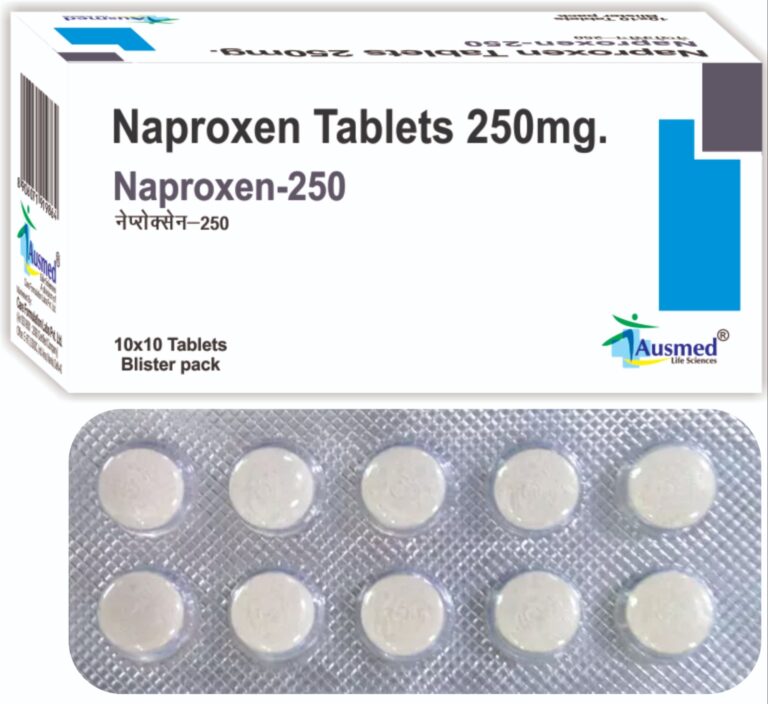The Surprising Truth About Tiny Clear Blisters!

Miliaria Crystallina, commonly known as “sweat rash,” is a bothersome skin condition that often crops up during hot and humid weather. This article delves into the nuances of miliaria crystallina, shedding light on its causes, treatment options, prevention strategies, and more.
What is Miliaria Crystallina?

Miliaria crystallina, often referred to as sudamina, is a benign skin rash that occurs due to clogged sweat ducts.
It’s characterized by the appearance of tiny, clear blisters on the skin’s surface, caused by the accumulation of sweat beneath the skin. This condition usually presents itself in areas where sweat is more likely to pool, such as the neck, chest, back, and skin folds.
What Causes Miliaria Crystallina?
Newborns can experience miliaria crystallina due to their underdeveloped sweat ducts. The primary factors that contribute to the development of miliaria crystallina include:
- Hot and Humid Conditions: Miliaria crystallina is most commonly seen during hot and humid weather. In these conditions, the body sweats more to regulate its temperature. Excessive sweating can overwhelm the sweat ducts and lead to blockages.
- Obstructed Sweat Ducts: The sweat ducts are tiny tubes that transport sweat from the sweat glands to the skin’s surface. When these ducts are obstructed, the sweat cannot be released onto the skin. Obstruction can occur due to factors like dead skin cells, bacteria, or sebum (skin oil).
- Tight Clothing: Wearing tight-fitting clothing can contribute to the condition. Tight clothes can create friction against the skin and trap sweat, increasing the likelihood of sweat duct blockage.
- Physical Activity: Engaging in vigorous physical activity or exercise can lead to increased sweating. If the sweat production is high and the sweat ducts are already compromised, it can contribute to miliaria crystallina.
- Infants and Newborns: Newborns are particularly susceptible to miliaria crystallina because their sweat ducts are not fully developed. The immature sweat ducts can easily become obstructed, leading to the formation of the characteristic clear blisters.
- Certain Skin Products: The use of heavy creams or lotions that occlude the sweat ducts can also contribute to the development of miliaria crystallina.
It’s important to note that it is generally a benign condition and not a serious medical concern. However, it can cause discomfort, itching, and irritation.
To prevent miliaria crystallina, it’s recommended to stay cool, wear breathable clothing, and avoid factors that can lead to excessive sweating and sweat duct blockage. If the condition persists or causes significant discomfort, consulting a healthcare professional is advisable.
Is Miliaria Crystallina Dangerous?
Thankfully, miliaria crystallina is generally harmless. It’s considered the mildest form of heat rash and doesn’t typically cause pain or inflammation. The blisters are fragile and may rupture easily, but this doesn’t usually lead to complications.
Is Miliaria Crystallina Permanent?
No, miliaria crystallina is not permanent. With proper care and management, the rash tends to resolve on its own as the sweat ducts unclog and sweat can flow freely again.
Miliaria Crystallina: How long does it last!
The duration of miliaria crystallina can vary and depends on factors such as the severity of the condition, how well it’s managed, and individual skin characteristics. In most cases, it is a temporary condition that tends to resolve on its own once the underlying sweat duct blockages are cleared. Here’s a general timeline of how long the condition may last:
- Short Duration: Miliaria crystallina is often a transient condition. In many cases, the clear blisters or bumps associated with the rash may start to improve within a few days.
- Around One Week: In the majority of cases, miliaria crystallina tends to clear up within approximately one week. During this time, the trapped sweat is gradually reabsorbed, and the sweat ducts become unblocked.
- Faster with Proper Care: The healing process can be expedited by practicing proper care and management. Keeping the affected area clean, dry, and avoiding factors that contribute to excessive sweating can help accelerate the resolution of the rash.
- Individual Variability: It’s important to note that individual experiences can vary. Some people may find that their miliaria crystallina resolves in just a few days, while others might take a bit longer.
It is always advisable to consult a healthcare professional. They can provide a proper diagnosis and offer guidance on whether additional treatment or evaluation is needed.

Treatment and Management of Miliaria Crystallina
The treatment and management of miliaria crystallina primarily involve relieving symptoms, preventing further irritation, and allowing the skin to heal naturally. Here are some strategies to effectively manage and alleviate the discomfort associated with miliaria crystallina:
- Keep the Area Clean
- Pat Dry
- Avoid Tight Clothing
- Stay Cool
- Cool Compresses
- Avoid Heavy Creams:
- Hydrocortisone Creams
- Aloe Vera Gel
- Monitor for Infection
- Natural Remedies (like oatmeal baths,etc)
Remember that miliaria crystallina is usually a self-limiting condition that tends to resolve on its own as the sweat ducts clear. If symptoms persist, worsen, consulting a healthcare professional is recommended.

What Creams Can Help with Miliaria Crystallina?
While there isn’t a specific cream designed exclusively for miliaria crystallina, certain over-the-counter creams and ointments can help alleviate the symptoms associated with the condition, such as itching and discomfort. Keep in mind that it’s important to consult a healthcare professional before using any creams, especially if you’re unsure about the appropriate treatment for your specific situation. Here are a few options to consider:
- Hydrocortisone Creams: Mild hydrocortisone creams are available over the counter and can help reduce itching and inflammation associated with miliaria crystallina. These creams have anti-inflammatory properties that can provide temporary relief. However, it’s important not to use hydrocortisone creams on broken skin or for extended periods without medical guidance.
- Calamine Lotion: Calamine lotion is known for its soothing and cooling properties. Applying calamine lotion to the affected area can help alleviate itching and provide a sense of relief.
- Topical Antihistamines: Over-the-counter topical antihistamine creams can help relieve itching by blocking the effects of histamines, which are chemicals that cause itching and inflammation.
- Aloe Vera Gel: Aloe vera gel is a natural remedy that can provide cooling and soothing relief to irritated skin. It may help reduce itching and inflammation associated with miliaria crystallina.
- Emollients: Non-fragranced, hypoallergenic emollient creams or lotions can help keep the skin moisturized and prevent further irritation. Look for products with simple ingredients and avoid heavy or occlusive creams that could potentially worsen the condition.
It’s important to use these creams as directed and to avoid applying them to broken or irritated skin.

Preventing Miliaria Crystallina
Preventing miliaria crystallina involves taking measures to minimize excessive sweating, keep the skin cool, and avoid factors that can lead to sweat duct blockage. Here are some strategies to help prevent the development of miliaria crystallina:
- Stay Hydrated
- Avoid Overheating
- Wear Breathable Clothing
- Choose Appropriate Fabrics
- Use Fans
- Avoid Heavy Ointments
- Maintain Proper Hygiene
- Powdered Antiperspirants:
- Dress the newborn in lightweight, breathable clothing and avoid excessive bundling to prevent overheating.
By implementing these preventive measures, you can significantly reduce the risk of developing miliaria crystallina.
Latest Reasearch
Miliaria Crystallina (sudamina) primarily focused on its causes, risk factors, and management. It was widely understood to be a benign condition resulting from blocked sweat ducts in hot and humid conditions. Management typically involved keeping the affected area cool, avoiding tight clothing, and using topical treatments to soothe the skin. Recent research on Miliaria highlights the following points:
- Dermoscopy’s utility in diagnosis, revealing white globules with darker halos.
- Miliaria rubra can lead to pustules indicating bacterial infection.
- Effective Miliaria profunda treatment with oral isotretinoin and topical anhydrous lanolin.
- Improvement in Miliaria profunda using oral isotretinoin and topical anhydrous lanolin.
- The role of healthcare teams in educating patients about risk factors and heat exhaustion signs.
- Anhidrosis can result in poor thermoregulation and heat exhaustion, a potential complication.
- An interprofessional team approach to improve patient outcomes for Miliaria.
- Miliaria’s typically self-limiting nature, often resolving independently without treatment.
Conclusion
Miliaria crystallina, though uncomfortable, is a transient condition that can be managed effectively. By understanding its causes, symptoms, and employing preventative measures, you can minimize the risk of developing this heat-related skin rash.
Frequently Asked Questions
- Can Miliaria Crystallina Occur in Newborns?
Yes, newborns can experience miliaria crystallina due to their underdeveloped sweat ducts. It’s important to keep their skin cool and dry.
2. Is Miliaria Crystallina Contagious?
No, miliaria crystallina is not contagious. It’s caused by internal factors such as blocked sweat ducts, not by external sources.
3. Can I Use Over-the-Counter Creams for Miliaria Crystallina?
While mild hydrocortisone creams might help alleviate itching, it’s best to consult a healthcare professional before using any creams or ointments.
Note to reader: Remember, individual experiences with miliaria crystallina can vary, so seeking advice from a medical professional is always advisable for accurate diagnosis and treatment.















+ There are no comments
Add yours